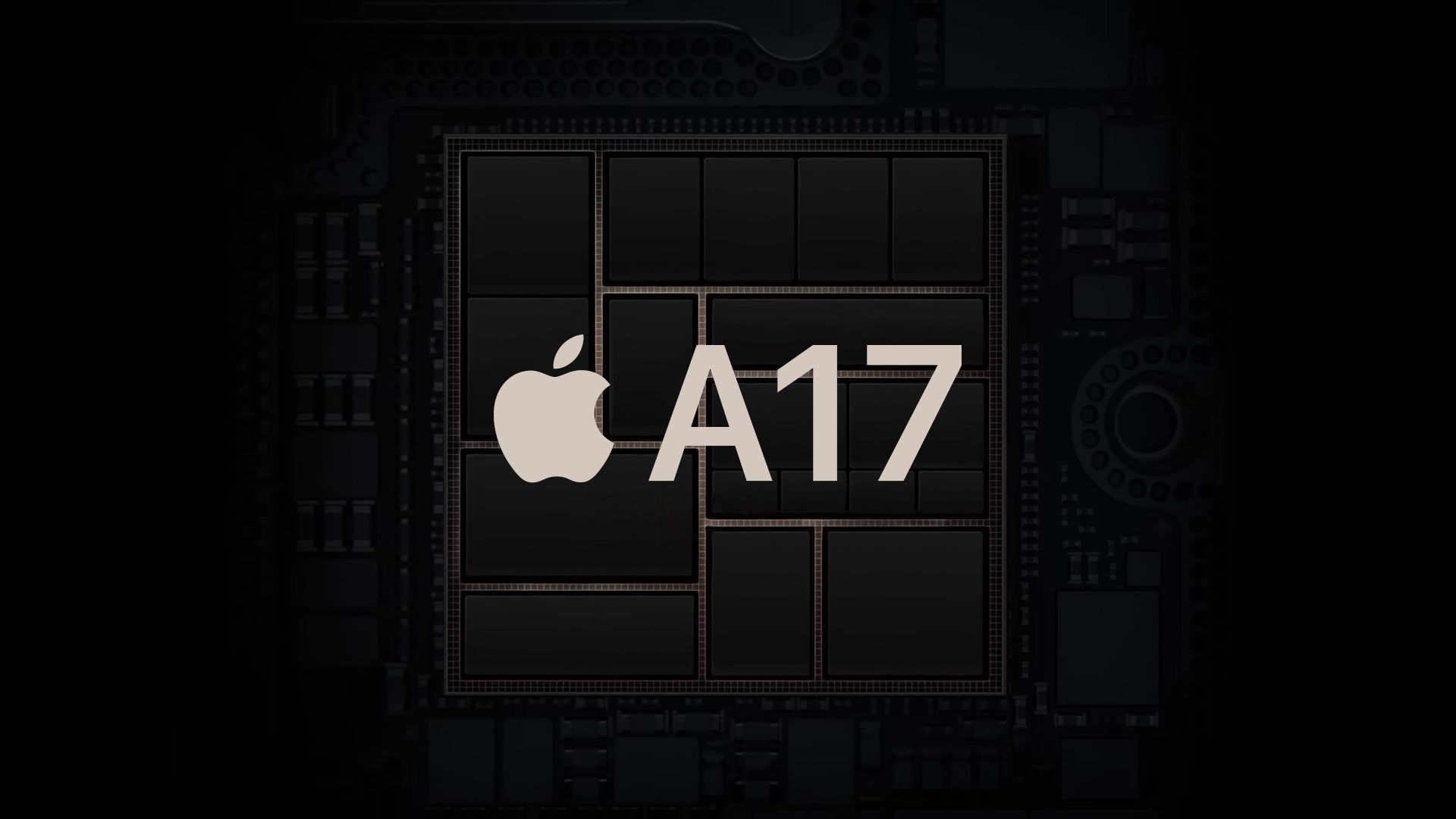Some other potential info, likely to be included in M3 series:
2. Error corrected RAM using LPDDR5:
https://patentscope.wipo.int/search/en/detail.jsf?docId=US403904970&_cid=P12-LLBQX0-80508-2
AIUI, there are two broad types of ECC: (1) traditional "transmission" ECC (which corrects transmission errors betweent the RAM and the processor; when RAM is labelled "ECC", they're referring to this); and (2) on-die ECC, a new type of ECC that was introduced with DDR5 to address, as the name indicates, on-die memory errors that DDR5's higher memory density makes more prevalent.
Transmission ECC comes in two flavors: side-band (typically used in DDR RAM) and inline (used in LPDDR RAM). The variant of inline ECC that JDEC introduced for LPDDR5 is called link ECC (I don't know if inline ECC was available to earlier generations of LPDDR).
While the patent makes a passing mention of on-die ECC, most of it focuses on link ECC. It thus appears to be an attempt to improve up on it.
But that leaves me with these specific questions:
1) Are there differences in the robustness of error correction between JDEC DDR5 standard's "transmission" ECC, and JDEC LPDDR5 standard's link ECC?
2) How exactly does Apple's patent claim to improve upon link ECC? It would be nice if it came with a clear abstract that said: "This is how the patent improves upon relevant existing technologies and prior art: ..." It does say that existing ECC used in servers consumes too much power for many applications, but doesn't summarize how this is an improvement over the
relevant existing tech, which is link ECC (and which, as it's designed for LPDDR RAM, likely consumes much less power).
And these more general ones:
1) On-die ECC helps with RAM manufacturing. But is it also used to address memory errors (e.g., on-die bit flips) that occur during use?
2) I've seen claims that, for large RAM sizes (say, >= 1 TB), ECC is required to avoid an unacceptable error rate. Is that true? I.e., is there a RAM size beyond which Apple would need to offer ECC?
3) Is there currently any LPDDR5 link ECC RAM on the market? I can't find any. Or is it the case that *all* LPDDR5 RAM comes with link ECC, but because its error correction is not as robust as that of standard DDR ECC, they decided not to label it as "ECC"?
For more info:
Explore how ECC memory enhances DDR reliability, preventing data corruption and system failures effectively.

www.synopsys.com
Learn about the essential features of LPDDR5 and how it improves performance and power efficiency in various applications.

www.synopsys.com



